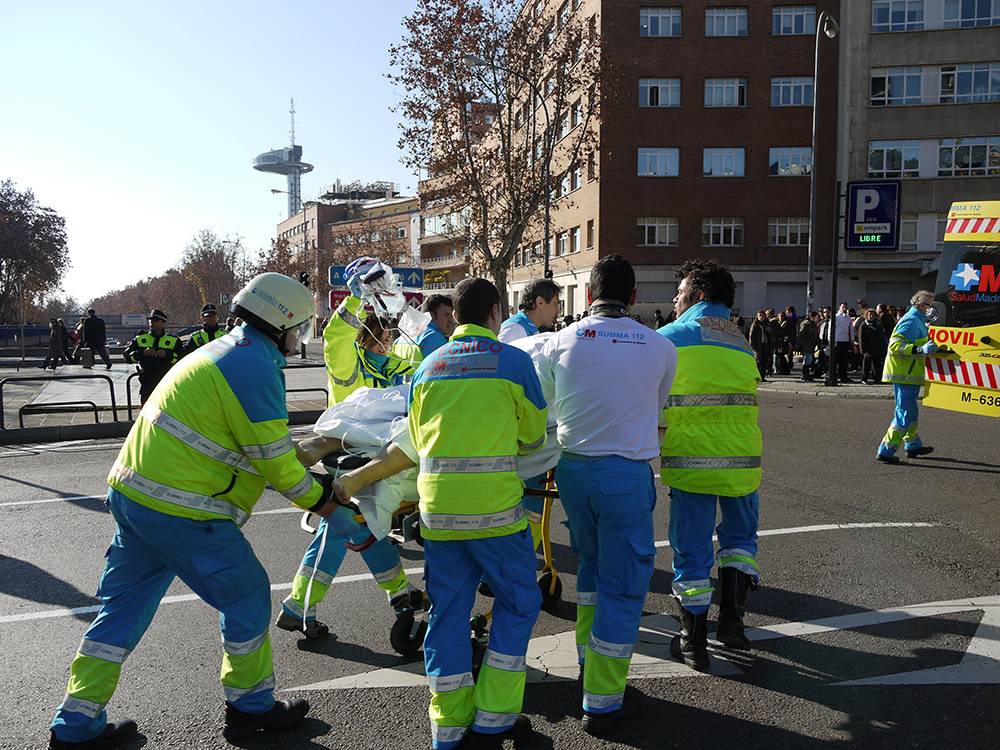Burnout syndrome is a clinical condition that has been gaining interest among therapists and social researchers since it was first described in the 1970s. Thousands of research articles have been produced on this syndrome over the last twenty years.
Initially imprecisely diagnosed, the 11th edition of the International Classification of Diseases (ICD) lists it as an occupational disease. It is defined as a syndrome resulting from inadequately managed work-related stress, reflected in the impairment of three dimensions:
- Emotional fatigue: perceived lack of energy and presence of exhaustion.
- Depersonalisation: distancing from the work activity, with negative feelings and manifestations of cynicism.
- Perception of loss of professional capacity.
The pattern consists of professionals who report physical and mental exhaustion associated with chronic work stress that alters their professional and social activity, and who suffer loss of professional self-esteem and detachment from the purpose of their work. The consequences of this syndrome extend to the mental health of the professionals concerned, their family environment and professional performance.
Survey of emergency professionals in 90 countries
The European Society of Emergency Medicine (EUSEM) has conducted an international survey to estimate the degree of burnout among professionals in emergency systems (pre-hospital and hospital emergency departments). Responses were received from 90 countries. The authors used a methodology that facilitates comparison with other publications and future reproducibility - the methodology described by Maslach.
The study showed that up to 60% of the 1,925 respondents reached a burnout level in at least one of the two dimensions Emotional Fatigue and Depersonalisation. These figures are higher than those recorded in the pre-pandemic period, and higher than in other medical specialties.
Levels of burnout in countries with sufficient numbers of respondents showed significant variability, suggesting the need for a detailed analysis that considers different health system models.
Nurses are 1.75 times more at risk of burnout than physicians working in the same setting. Less experienced workers or those in training are also reported to be more 'burned out': professionals with less than five years' experience are three times more at risk than those with more than 20 years' experience.
The fewer staff, the more burnout
The association between work overload and burnout is well known. The degree of burnout is 2.7 times higher among respondents who report that their workplace is sometimes understaffed. When staff shortages are frequent, professionals report 10 times more burnout.
Excessive staff turnover has a negative effect on the quality of the care process, and is associated with high levels of burnout. Among professionals who frequently expressed a desire to change jobs, burnout was four times higher than among those who were not thinking about change.
The survey reflects the situation of professionals in the emergency medical systems, with the limitations inherent to any survey, but it provides us with useful information to understand the situation of professionals after the pandemic period.
The vicious circle of staff shortages
The situation detected is worrying because of the confluence of high levels of burnout and a shortage of professionals, two problems with reinforcing effects. The data point to the need to break this vicious circle, which has a very negative impact on the healthcare capacity of health systems.
Burnout affects health professionals, their families and, by extension, the care process; but it is the systems themselves, with their imbalance between demand and response capacity, which are at the root of the problem.
Therefore, the degree of burnout in professionals can be considered a marker of organisational health. Corrective actions focused solely on increasing the resilience of professionals do not provide a valid solution.
Organisations such as the WHO have understood the importance of the problem and have produced guidelines to guide actions with sufficient scientific support. In any case, the focus cannot be solely on managing the symptoms, it is necessary to focus on the causes, and rethinking systems is the key to tackling this problem.

